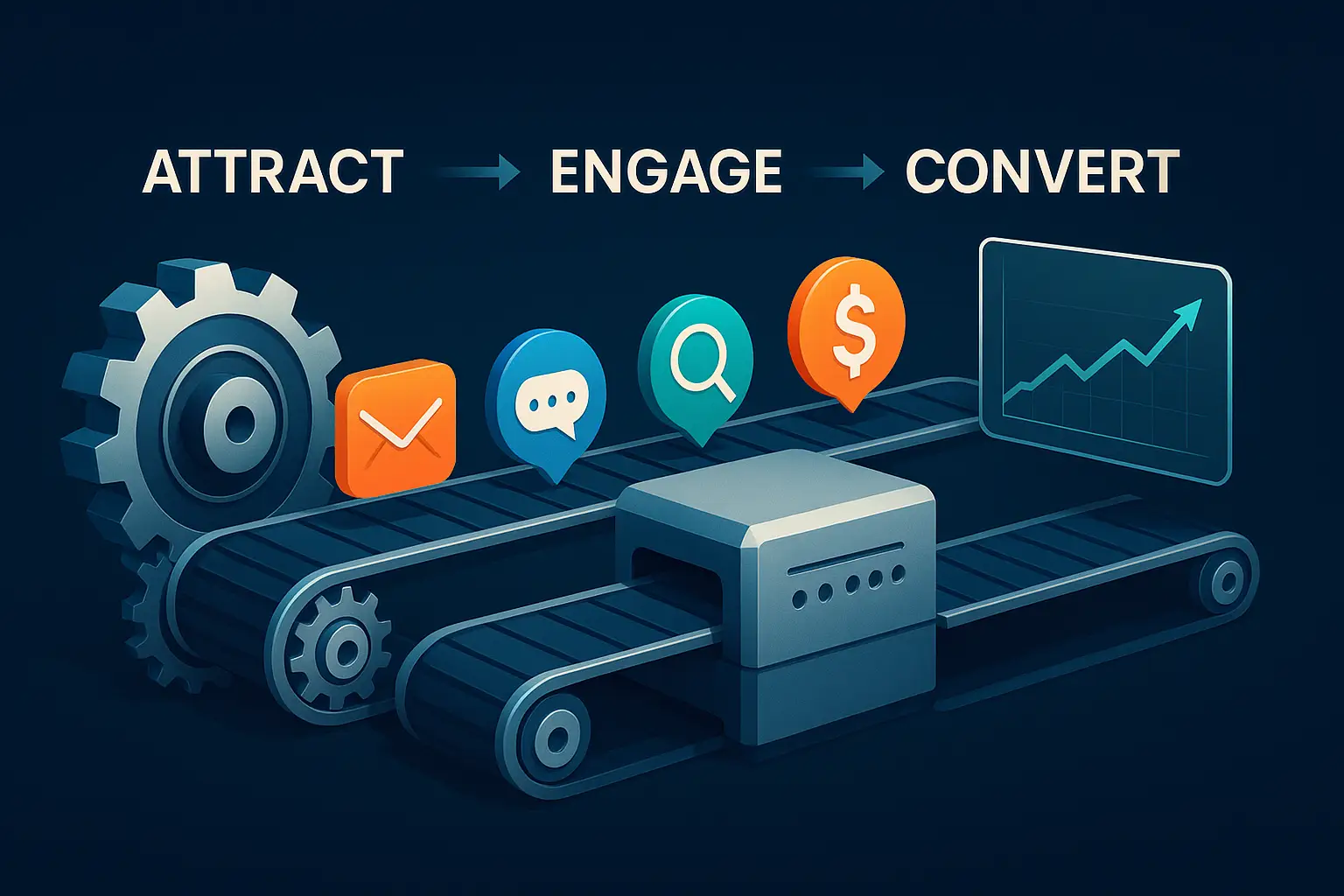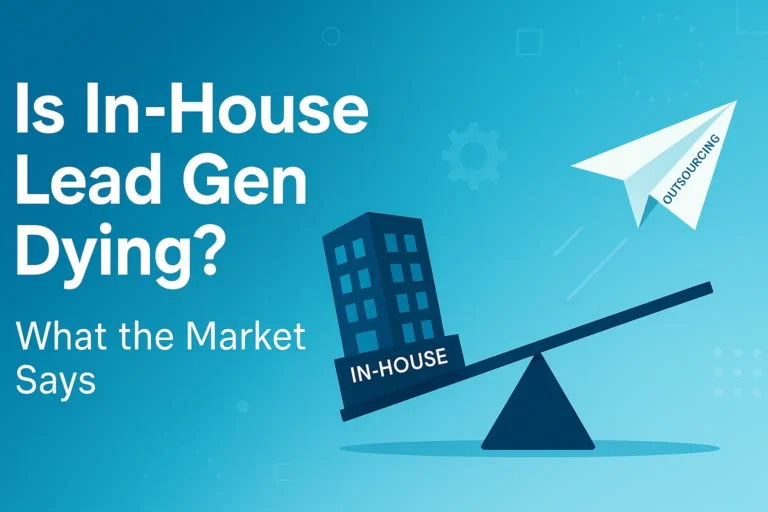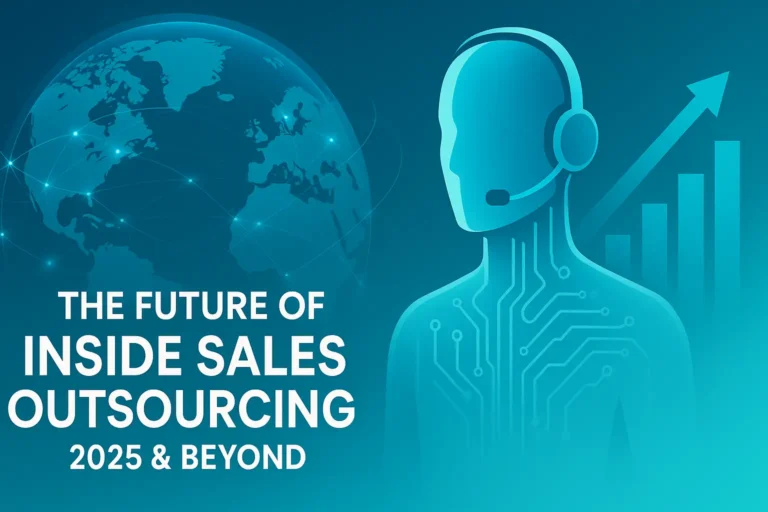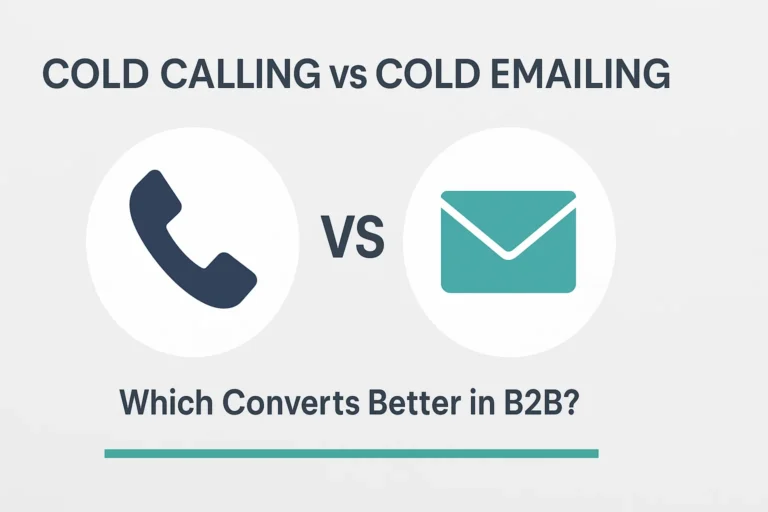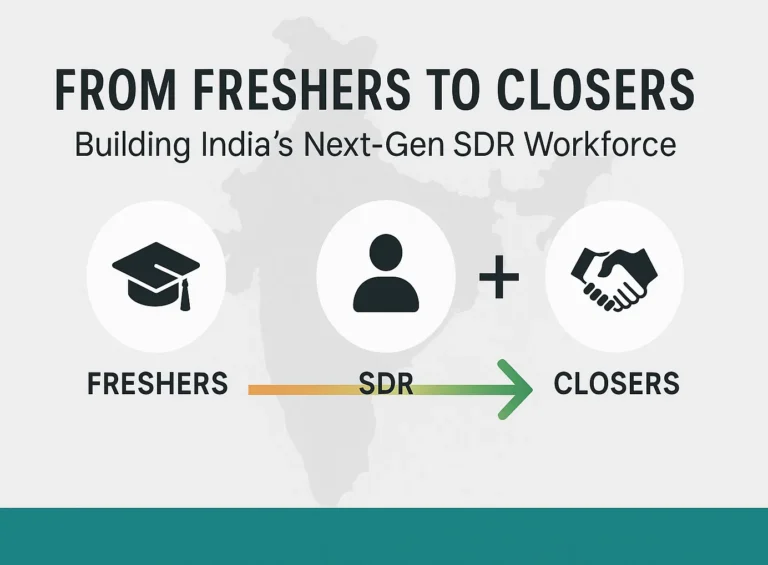Building a Lead Gen Engine: What You Need to Know
Why an “engine” and not a one-off campaign?
A campaign wins attention once, then stops. An engine keeps turning: it attracts strangers, converts them to prospects, and hands ready-to-talk buyers to your sales team every month. We’ll break the build into five plain-spoken steps you can start this quarter.
1. Map the buyers, not just the market
- Identify the problems that keep decision-makers awake.
- Draft a one-page Ideal Customer Profile (ICP). Give it numbers—industry size, tech stack, average deal size—so anyone on your team can spot a fit at a glance.
Most companies skip this groundwork and end up blasting generic messages. Precision beats volume every time.
2. Bolt together the core systems
| System | Why it matters | Starter tip |
| CRM | Single source of truth | Use one custom field: “Problem we solve,” not “Lead source.” |
| Data enrichment | Keeps records clean | Pick one tool; messy stacks slow reps. |
| Email + social outreach | Opens the conversation | Sequence length matters less than relevance. |
Inside sales agencies that specialise in building these stacks can slash onboarding time by about 60 percent and run at up to 40 percent lower cost than in-house builds.
3. Fuel the engine with problem-solving content
- Short guides that show how to fix a headache in one sitting.
- Case snapshots (200-word success stories, not glossy PDFs).
- Live demos or teardown webinars recorded and trimmed into bite-size clips.
Remember: every piece must answer a question the buyer is already asking. That’s the difference between “content” and “noise.”
4. Keep humans in the loop
AI tools help with research and first-draft emails, but real conversations close deals. Reps should:
- Personalise the first 50 words.
- Ask one clear question that proves they understand the prospect’s business.
- Book the call in less than five emails.
Companies that outsource this early outreach report a 72 percent jump in lead quality when the partner’s reps follow this approach.
5. Measure engine efficiency every Friday
- Conversation-to-meeting rate – Are emails sparking real talks?
- Qualified meeting-to-pipeline rate – Are those talks turning into deals?
- Cost per SQL – Total spend ÷ sales-qualified leads.
If a channel or message fails three weekly reviews in a row, tweak or drop it. Tight feedback loops keep the engine healthy.
Key takeaways
Build once, refine weekly, and let the data tell you what to keep. A repeatable, documented engine compounds growth far faster than scattered experiments.

